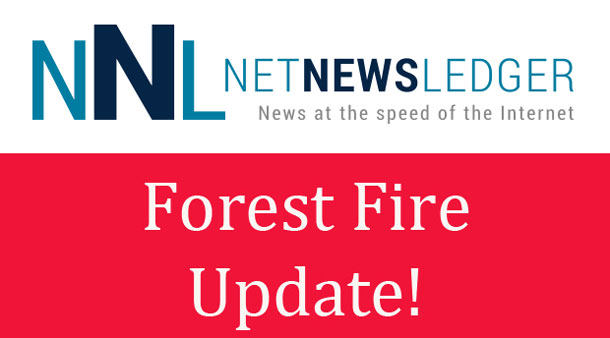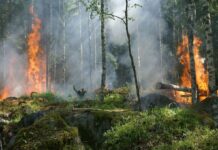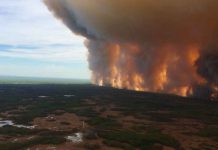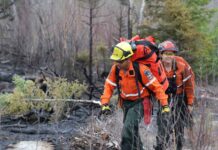THUNDER BAY – The wildfire hazard in Ontario’s Far North continues to be high. The most serious fire of note is Red Lake #14 which is impacting Pikangikum First Nation north of Red Lake.
| Aviation, Forest Fire and Emergency Services (AFFES)
Forest Fire Situation Update Northwest Region May 30, 2019 – Time of Report 17:39 Northwest Region There were no new forest fires in the Northwest Region by the late afternoon of May 31. There were three active fires in the region at the time of this update, only one of which is not yet under control.
Fire hazard in the Northwest Region AFFES staff deployed to Alberta The sharing of resources across Canada is facilitated by the Canadian Interagency Forest Fire Centre in Winnipeg under the Mutual Aid Resource Sharing agreement. The fire situation in Ontario has been relatively quiet since the beginning of the 2019 fire season, and we remain fully prepared to respond to any forest fires that may arise here at home. Help prevent forest fires Adopt safe campfire practices! Choose the site of your campfire carefully and keep your fire small. Stay nearby: never leave it unattended. Put your fire out by drowning it with water. Be sure that it is extinguished prior to leaving the site. Stir the ashes with a stick to uncover hot coals and then drown it again. You can never be too safe. Consider alternatives to burning brush or yard waste, such as chipping or composting when possible, or saving burn piles for the fall or after the fire season. Use of outdoor fires must follow the outdoor burning rules set out in the Forest Fire Prevention Act of Ontario. Fires are to be started no sooner than two hours before sunset and extinguished no later than two hours after sunrise. Fires should never be left unattended and tools and water should be close at hand to put the fire out. More details on outdoor burning regulations can be found online at Ontario.ca/forestfire To see a complete list of fires across the province click on our interactive map. You can also get the latest update on the condition of any fire by clicking the fire icon. Fire numbers and online information:
|








